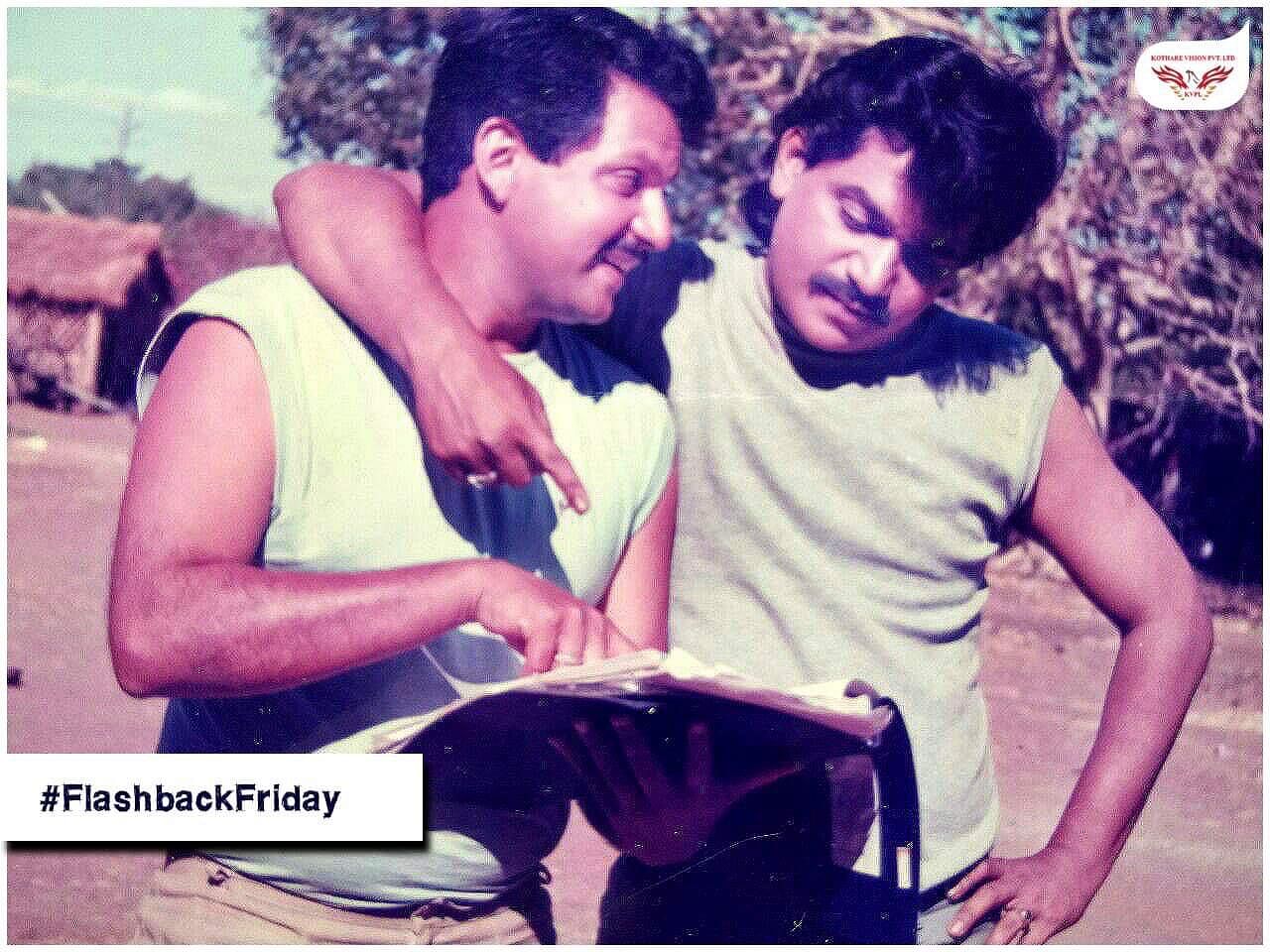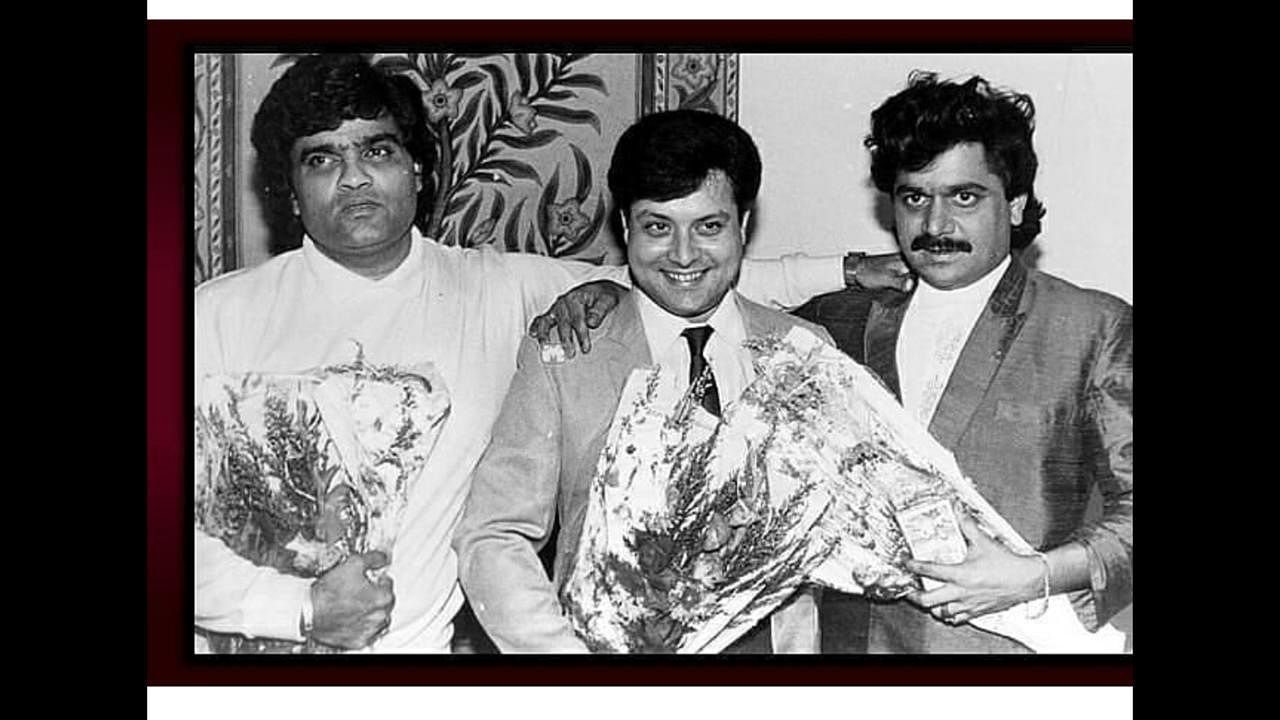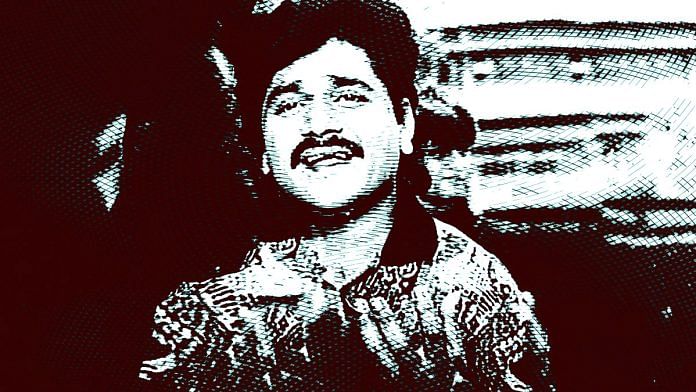If you grew up during the 1990s in India, chances are Sooraj Barjatya’s films, from Maine Pyar Kiya to Hum Aapke Hain Koun! formed a part of your childhood. And apart from Salman Khan and Madhuri Dixit, one person lives on in our memories. Everyone might not remember his name, but he left an indelible impression through his unique delivery style and great comedy. That person is Laxmikant Berde.
We might recall him as having been typecast in certain roles in Bollywood, typically as Salman’s sidekick, but he was far more, in fact a superstar in Marathi cinema.
Actor Bhagyashree, who rose to fame with Maine Pyar Kiya, tells ThePrint, “It was my first film, and Salman, me and Sooraj all were fairly young and new to the industry. But Laxmikant ji was a star on our set. His comic timing was impeccable, no matter what the scene was, he had this amazing ability to transform that only by his funny expressions.”
“He was also very humble, and never showed that he came from an industry where he was a superstar,” she said.
Laxmikant Berde started his journey from scratch, says actor Sachin Pilgaonkar, but he made his mark in Marathi theatre and went on to rule Marathi cinema for 15 years.
Journey from theatre to cinema
Popularly known as Laxya, Laxmikant Berde was born on 26 October 1954 in Mumbai. The youngest of six children, Berde grew up during a serious financial crisis in the family and used to sell lottery tickets as a boy. He started his journey as an actor in Ganesh puja pandals and pulled curtains for shows of the Mumbai Marathi Sahitya Sangh.
While working there, his interest in acting developed more and he began doing theatre. He got his big stage break with playwright Purushottam Berde’s Tour Tour, which established him as a known name on the Marathi stage.
Berde’s journey in Marathi cinema started with Lek Chalali Sasarla (1984), but he rose to prominence with his next film Dhoom Dhadaka (1985). His colleague Mahesh Kothare remembers, “He got his big break with the film Dhoom Dhadaka directed and produced by me…it was a game-changer for our careers. The film was a superhit, and people received our pair very well.”
Berde and Kothare went on to work in various movies together. Audiences liked their chemistry. In Kothare’s words, they were the “Dean Martin and Jerry Lewis” of Marathi cinema; Berde always played the jovial, comic character and Kothare was the serious guy. After Dhoom Dhadaka, Berde gave back to back superhits — Amhi Doghe Raja Rani (1986), De Danadan (1987), Ashi Hi Banwa Banwi (1989), Dhadakebaaz (1990) and many others.

The crowd-puller
“Marathi cinema of the late 1970s and early ’80s was caught in a vicious cycle of family drama and stories based in rural settings. It was mostly stereotyped in the traditional genre which hardly attracted young urban audiences to the theatres,” Kothare recalls.
“Things took a different turn after Dhoom Dhadaka, we manage to pull urban audiences to the theatre. With the advent of a unique kind of comedy and drama, a new era of Marathi cinema had begun.”
Laxmikant Berde was now hailed as a superstar. Crowds flocked to the theatre to see his films. He, along with actors Ashok Saraf, Mahesh Kothare and Sachin Pilgaonkar, became important pillars of Marathi cinema. In fact, Ashi Hi Banwa Banwi, starring all four and directed by Pilgaonkar, continues to be a favourite even among younger generations.

The movie, whose title translates to ‘We are streetsmart’, tells the story of four young men who are in search of a house in Pune, but fail due to their bachelorhood. The film, which was a remake of Hrishikesh Mukherjee’s Hindi film Biwi Aur Makaan, saw Berde and Pilgaonkar playing the characters of women. Co-actor Ashok Saraf had once said it was Berde’s talent that he maintained the dignity of the character and didn’t let it turn vulgar, which usually happens with men playing female characters.
In the film, even if he had no dialogues in a particular scene, his mere presence with distinct and hilarious expressions, would capture the viewer’s attention.
And he didn’t shy away from things he was uncomfortable with. Pilgaonkar recalls, “For Ashi Hi Banwa Banwi, we both had to dance in the opening sequence. I was a dancer, he wasn’t. He was quite nervous and conscious in the beginning. But he managed it very well. As soon as the choreographer said cut, he had a ‘lost in the fair’ kind of expression on his face”, the actor says laughing.
“He was clearly passionate and dedicated to acting, which reflected in his work. He would go to any extent without thinking of the consequences, Kothare recalls. “We were filming a shooting sequence for Dhadakebaaz and I put an arrangement of bullet and barrel on his palm connected to a battery. The sequence went really nice. But later we found out that the bullet had backfired during the sequence and Berde injured himself. He never told us and continued with the scene.”
Also read: Durga Khote, the ‘mother’ of Hindi & Marathi cinema who broke social taboos



